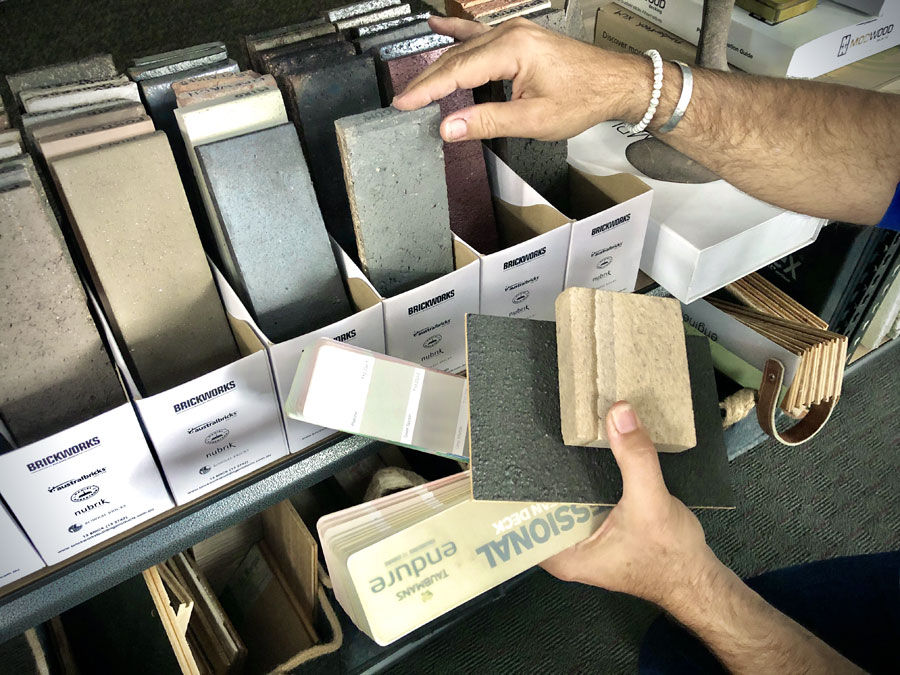How To Hang Art
- James Treble

- Sep 20, 2017
- 3 min read
In any home, art is a necessary and important element to achieve a cohesive and well-realised styling of a room. Whether you have an expensive art collection to display OR you choose to buy affordable prints and add some character to your walls, the hanging of art is art in itself. For your pieces to successfully adorn your property, the way they are hang must follow a plan.
The living room is where larger pictures can be easily accommodated without overwhelming the space. Large artworks will make a statement of elegance and taste. Smaller ones work best for smaller rooms when placed on walls that are proportionate to their size, or maybe in transition areas like hallways or narrow walls between doorways. Two pictures of the exact same size and style will easily work instead of a very large and expensive one, and if you’re styling for a profit these smaller works can be easily moved and re-used in your next renovation, in separate rooms maybe, providing your with cost effective design options.

This dark feature wall adds personality and strong drama to the space, But as both the artwork and sofa are white, this space doesn’t feel closed in or too dark and gloomy.
Remember that large artworks may look good when hanging even without a frame, while medium and small sized artworks look better when framed, allowing them to look more important. Also, don’t be afraid to finish the styling of bathrooms and kitchen with artworks. The impression achieved in these rooms has a great influence on the overall appreciation of the property. If for example you haven’t tiled the bathroom to the ceiling then a well placed artwork will add interest and personality making even a small or bland room feel more important.

Perfect for hallways and bedrooms, mirrors have a strong decorative power when framed and are to be treated as wall pictures when hanging them. Of course, mirrors also allow for the spatial feel of a room to be dramatically enlarged and can be strategically placed to help light reach deeper in the home, as well as tricking the eye to make spaces appear wider or longer than they are.

Ultimately, it is up to your own personal taste what to place on your walls and where. But if your goal is to style a property to appeal to renters or buyers, then the way you place art on the walls must aim to add interest, work with the interior style, and ultimately create a welcoming room allowing you to add value to your home.
Notes for hanging art:
All artwork sizes must be proportioned to the space they are allocated, ensuring they don’t feel squeezed in or feel lost if they are too small on a large wall.
When placing a group of smaller works above large furniture pieces, like the sofa or a sideboard, these should be aligned by their bottom edge to create a grid pattern
Multiple artworks displayed along a stairwell should be all the same size and style and hang at same height from the step below each picture, so they look balanced as your eye looks up the staircase.
Instead of a ‘cluster’ of many artworks of different sizes and shapes, which can create a crowded and untidy feel in a room, try two or three same sized pictures aligned horizontally to add a sense of calm and appeal to the widest audience.
Above the sofa allow enough space for your head not to touch the artwork.
On a furniture-free wall, its important to remember to hang your artwork so that its 1/3rd down from the top of the piece is aligned to the height of the average eye level [This is approximately 150/160cm from the finished floor level.)

James Treble is an ambassador for Planet Ark and firmly believes in sensible purchasing, recycling and creative re-purposing. James Treble has more than 25 years of experience in the Building Industry, Real Estate and Interior Design. His knowledge and experience in adding value to homes, through clever design & styling, is now published for all to learn and benefit from. Interior Design For Profit is now available online.
.








Comments